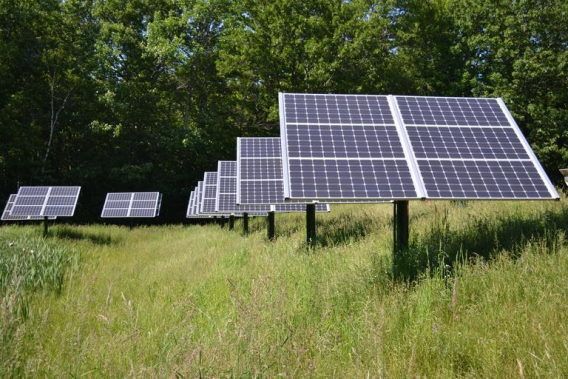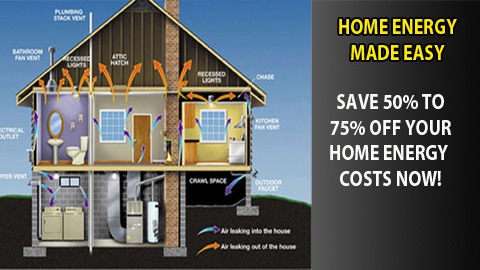Ok, so which one is better for living off the grid (or grid tie systems)?
We asked this question recently of some friends, solar panel installers, and all of our acquaintances who are using either Sanyo HIT Solar or Mitsubishi Solar Panels.

Sanyo PV Modules Review
Sanyo Sells PV Solar Panels under the HIT Brand which is derived from the Technology it uses.The HIT Solar Panels from Sanyo are one of the highest efficiency solar panels availabe on the market today.Sanyo sells most of its Solar Panles in the 180-220 Watts Range unlike other panel makers which have made 240-250 Watts the standard range for their Solar Panels.
We have to admit to a slight bias here in that we have used the Mitsubishi product quite a bit longer than the Sanyo. And our off grid setup is only one of many that we have seen.
But... we have found similar output and results with each.
Sanyo sells 3 types of HIT Solar Panels
- HIT Power N and A Solar Photovoltaic Modules – These have higher power ratings than normal HIT modules and range between 205-225 Watts.
- HIT Bifacial Photovoltaic Modules – HIT Double 190 is the highest power rated solar module in this range. The back face of a HIT Double panel generates electricity from ambient light reflected off surrounding surfaces, and combines with power from the front face of the panel. Depending upon system design and site albedo, this results in up to 30% higher power generation (more kWh) per square foot.HIT bifacial solar cells are hybrids of single crystalline silicon surrounded by ultra-thin amorphous silicon layers.As temperatures rise, HIT Double solar panels produce more electricity than conventional solar panels at the same temperature, due to their low temperature coefficient.
- Normal HIT Power Panels – HIT Power panels have a double-wall black anodized aluminum frame for extra strength, and are tested to 60PSF. The panels come pre-equipped with a touchsafe junction box, USE-2 outdoor rated cables, MC4™ locking connectors, and are UL 1703 safety rated for wind, hail, and fire.
That makes this question rather difficult to answer. Usually when we are asked about a comparison we can give our readers the straight goods, but not with this one.
Our friend Steve (hope you are reading this) says the Sanyo Hit by far is better, but like us he has not really used the other extensively.
We find ourselves divided, so we are posing the question to you.
Which is better?
From our standpoint we use several criteria for deciding on a product, and whether it should be stocked or even used by us here.
There is
1. Ease of installation, whether rooftop or pole mount solar systems.
2. Can it be configured with a solar panel tracker for living off the grid.
3. Does it setup nicely for grid tie applications.
4. Stability, and quality of construction are critical for us.
5. Is it competitively priced and shipped conveniently.
The above systems all have these in varying degrees.
I would give the nod to Mitsubishi in the quality department (sorry Steve).
But the Sanyo seems to be a company that is run very efficiently, and they ship to customers on time and efficiently, we like that. Get your off grid system set up fast.
We do wish that we had tested the Sanyo HIT longer, so we could give you our assessment now.
Instead we put it to all those folks who have used either one, what do you think?
Whether for grid-tie or off-grid living please let us know your exact configuration in your comments. Thanks.

